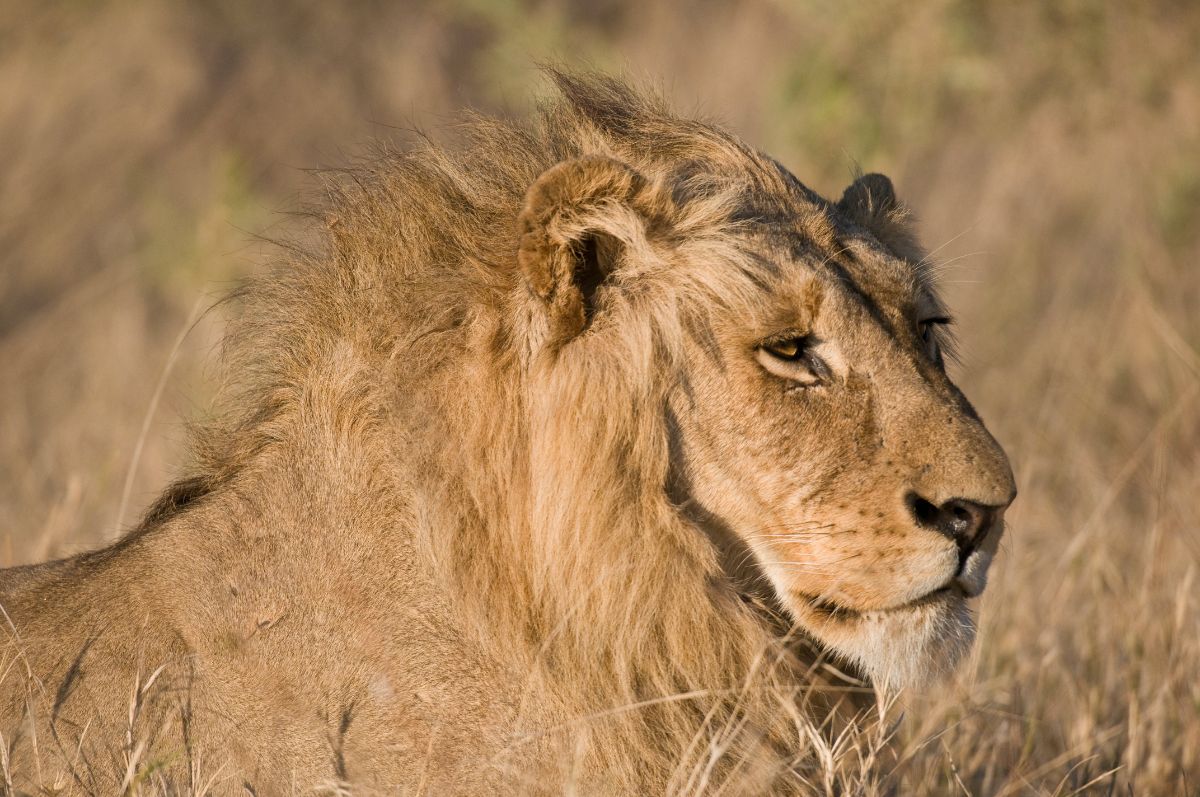East African Halophytics
The ecoregion’s land area is provided in units of 1,000 hectares. The protection goal is the Global Safety Net (GSN1) area for the given ecoregion. The protection level indicates the percentage of the GSN goal that is currently protected on a scale of 0-10.
Bioregion: Greater African Subequatorial Savannas & Mixed Woodlands (AT11)
Realm: Afrotropics
Ecoregion Size (1000 ha):
380
Ecoregion ID:
69
Conservation Target:
46%
Protection Level:
9
States: Tanzania, Kenya
The highly saline, alkaline, hot lakes of the East African Halophytics ecoregion are inhospitable to most species. However, the ecoregion is inhabited by an endemic salt-tolerant fish as well as many migratory and breeding birds. Lake Natron is the most important breeding site in the world for lesser flamingos, hosting an impressive 1.5–2.5 million individuals, 75% of the world’s population. Their famous pink plumage comes from the red photosynthetic pigments in Spirulina that they feed on.
The ecoregion encompass saline (soda) lakes, including Lake Natron, Lake Eyasi, and Lake Manyara, situated in the eastern arm of the Rift Valley in Tanzania as well as Lake Magadi in Kenya. Volcanic lava and ash form the substrate for most of the ecoregion. This was deposited in the past, but in recent times rapid weathering continues to deposit the material in depressions, resulting in deep sodium-rich soils.

The flagship species of the East African Halophytics ecoregion is the lesser flamingo. Image credit: Creative Commons
The region is semi-arid, receiving erratic rainfall around 600 mm per year which mostly falls between December and May, followed by a long dry season. Daily temperatures are frequently above 40°C and evaporation rates are high. Lake Natron is principally fed by the Ewaso Ngiro River, which has its catchment in the central Kenyan Highlands. The lake is also fed by hot, mineral laden springs. Water loss from both Natron and Eyasi lakes occurs solely through evaporation, as neither lake has an outlet.
The low rainfall, low inflow rates, high temperatures, volcanic substrates, and input of hot mineral rich waters result in lake waters that contain a saturated salt solution of pH 9 to 10, with water temperatures that reach 41°C near the mineral springs. These lakes are devoid of macrophytic vegetation, but are productive in terms of blue-green algae (Cyanophyta) such as Spirulina spp. A few halophytic (salt-loving) plant species are able to grow on the saline soils fringing the lakes.
The species richness in the ecoregion is very low as a result of the extreme and highly variable environments. However, the population sizes of the few species adapted to these environments are large. Lakes Natron, Eyasi, and the other similar lakes in the Rift Valley have large populations of wetland birds, especially greater and (Near Threatened) lesser flamingos. Africa’s flamingo populations are not isolated, and flamingos migrate between the soda lakes of East Africa and the Etosha and Makgadikgadi Pans in southern Africa.
The non-bird fauna of the lake margins has not been well studied, although it is evident that neither the water of these lakes, nor their surrounding soda-encrusted mudflats provide suitable habitat for most species. The habitats surrounding the lakes support large mammals such as African elephant, buffalo, lion, oryx, eland, and caracal.
A single species of endemic fish known as the white-lipped or alkaline tilapia is found in abundance living on the edges of the hot spring inlets, where the water is between 36 and 40 °C.

Lion. Image credit: Malcolm Macgregor, Creative Commons
Lake Natron has recently been declared a Ramsar site in recognition of its significant importance for wetland birds (especially lesser flamingo). The area surrounding Lake Natron falls within a large game controlled area which offers some protection to wild animals in the area, but no protection to the ecosystem as a whole. Lake Manyara falls within Burunge Wildlife management area and Lake Manyara National Park. Other parts of the ecoregion fall within Kitwai and Hadeni Game controlled areas. Lake Eyasi is currently not protected.
The major threat to Lake Natron is the hydroelectric power scheme proposed by the Kenyan government for the Ewaso Ngiro River, which is the main source of water into Lake Natron. Altering its flow would potentially change the hydrology and ecology of the lake, threatening the world’s largest and most secure breeding site of the lesser flamingo. Lake Natron has also been proposed as a site for a sodium bicarbonate (baking soda) extraction plant since 1951 as well as soda ash for the production of glass, although the Tanzania government removed this threat in 2018.
There is already a similar plant on Lake Magadi, 25 km further north in Kenya. If built, such a plant could pose a significant threat to the habitats of Lake Natron. There are also plans to log forests in Lake Natron’s Mau catchment, which could result in increased siltation and dilution of the lake due to increased freshwater inputs.
The priority conservation actions for the next decade will be to: 1) promote livelihood initiatives linked to biodiversity conservation, for example, sustainable ecotourism; 2) implement Wetland Friendly Initiatives (WFI) or community micro-projects to reduce catchment degradation from, for example, irrigation, agriculture and deforestation; and 3) expand the protected area network, for example to include Lake Manyara and Eyasi.
Citations
1. Burgess, N., Hales, J.A., Underwood, E., Dinerstein, E., Olson, D., Itoua, I., Schipper, J., Ricketts, T. and Newman, K. 2004. Terrestrial ecoregions of Africa and Madagascar: a conservation assessment. Island Press.
2. Kadigi, R.M., Mwathe, K., Dutton, A., Kashaigili, J. and Kilima, F. 2014. Soda ash mining in lake Natron: a reap or ruin for Tanzania? Journal of Environmental Conservation Research. 2(2), pp.37-49.
3. Wildlife Division. 2010. Tanzania National Single Species Action Plan for the Conservation of Lesser Flamingo Phoeniconaias minor.Dar es Salaam, Tanzania: Ministry of Natural Resources and Tourism.
4 Birdlife International. 2018. Lake Natron, Tanzania. [Online]. [Accessed 28 March 2018]. Available from: http://www.birdlife.org/africa/projects/lake-natron-tanzania




